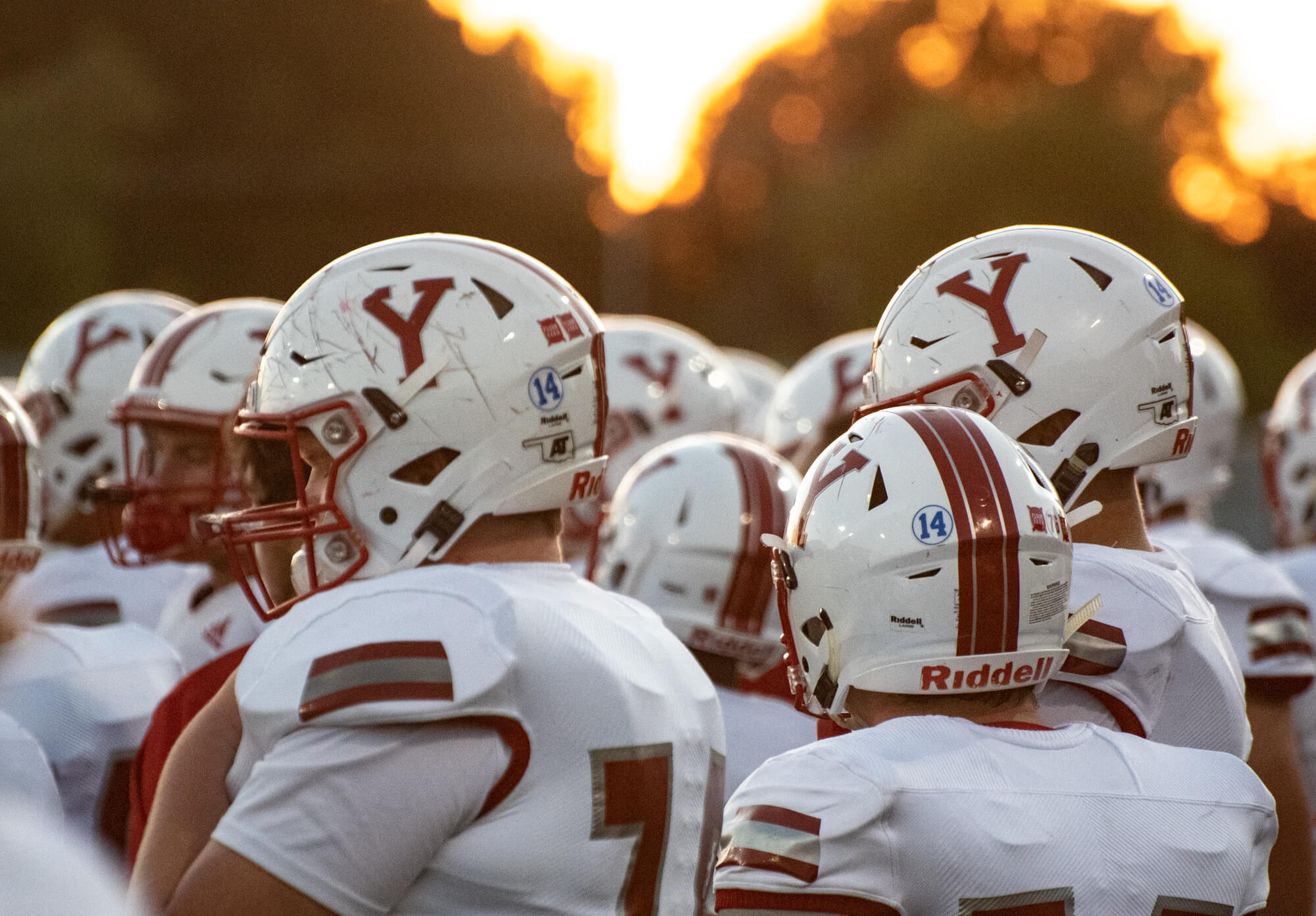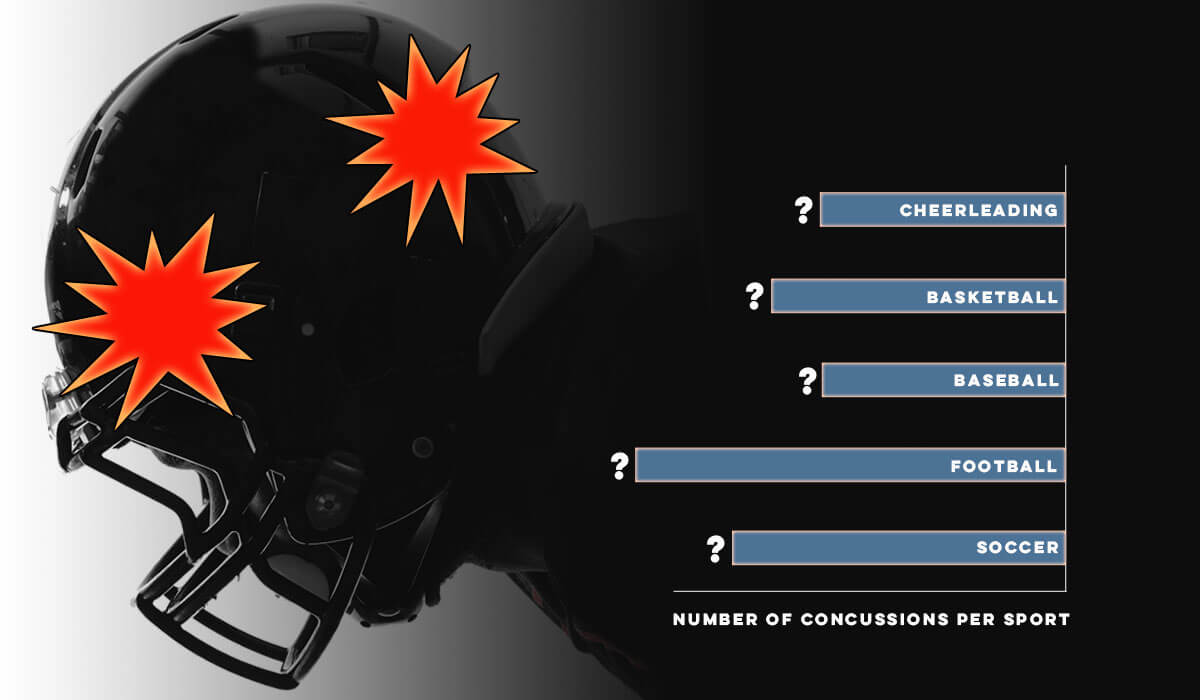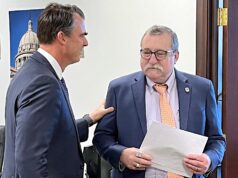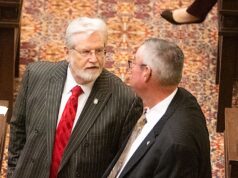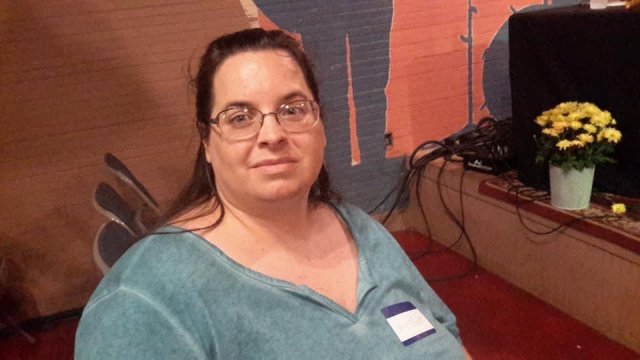

For more than two decades, Alicia Murie has lived with the effects of a traumatic brain injury. Memory loss, fatigue and intermittent partial paralysis are regular companions and can sometimes make her life more difficult than it should be.
A car accident when she was returning home from a band event at age 16 left her in a coma. She battled back, attended college and had been a regular substitute teacher in Stillwater prior to the pandemic.
“On a good day, I don’t have memory or cognitive problems, and you can’t tell a single thing is wrong with me,” said Murie, now 39. “On a bad day, I’m usually dealing with one or both of those problems.”
Through it all, Murie cultivated a curiosity about traumatic brain injuries that began in the years after her accident.
“When I went to college I started researching it, and talking to my doctors, it blew me away how little was done in the state and how little people knew about it,” Murie said.
Rep. Trish Ranson (D-Stillwater) hopes to do something about that. The Oklahoma House of Representatives advanced Ranson’s HB 1010 by an 83-6 margin earlier this month. If passed by the Senate and signed by the governor, the bill would create an advisory council on traumatic brain injuries to provide guidelines and advice to agencies and other entities. The TBI Advisory Council would work with the Oklahoma State Department of Health to collect data, identify needs, clarify deficiencies in care, research causes and promote prevention.
Ranson’s legislation isn’t alone this session when it comes to health and safety. HB 1775 by Rep. Sherrie Conley (R-Newcastle) would strengthen existing safety protocols for sporting events held at Oklahoma schools in an effort to improve the survival odds for someone who suffers a traumatic brain injury, commonly called a concussion in the sports world. Physicians use a variety of factors to determine whether a TBI is mild, moderate or severe.
While TBI injuries are most commonly associated with car accidents and football, they can happen virtually anywhere. An estimated 1.5 million American suffer traumatic brain injuries every year, and they are a leading cause of death and disability among children in the United States, according to the Centers for Disease Control. Oklahoma currently lacks data about traumatic brain injuries that occur during youth or high school sports.
Injuries continue to traumatize

For Murie, the road after her traumatic brain injury was long, tiring and full of pitfalls. That included dealing with people who did not understand what TBIs are and who would often make fun of her condition. Murie hopes better public education about brain injuries will remove some of the stigma she faced.
“I used to be suicidal from the bullying alone, and just having to deal with annoying people,” she said. “My heart goes out to those who have suffered the same thing because it’s not easy. Nothing about this is easy.”
In reality, Murie said those living with the after effects of TBIs can often do most — if not all — of the same things they could do previously, but the condition can also require some understanding from others.
“There are some days where it is literally — honest to God — a living hell for us,” she said. “Imagine making straight A’s and then not being able to remember someone’s name. That dance step you learned, now you have to learn how to do it all over again. We usually don’t walk around with crutches, a limp or in a wheelchair. But we face many of the same problems, only able-bodied people can’t see it because the injury is hidden inside our bodies.”
Advisory council could receive federal grant funds
Ranson said she wasn’t aware of how common TBIs were until Murie began regularly substitute teaching one of her daughter’s classes.
RELATED
Understanding the science of sports-related concussions by Dr. Ashiq Zaman
“I was completely unaware of it myself, but she’s been advocating for 20 years now,” Ranson said. “She’s experienced so much in that time and her tenacity is so inspiring.”
Ranson said her legislative efforts are aimed at make things easier for those who have experienced brain injuries. Sen. Dave Rader (R-Tulsa) is her bill’s Senate co-author. Rader is a retired football coach.
“It’s a quality of life issue,” Ranson said. “If we can get people rehabbed where they can hold down a job, rather than (thinking), ‘You’ve been injured and you can’t do anything after this,’ there is dignity and quality of life in that.”
Ranson said ultimately her proposed TBI Advisory Council could help guide state policy, create TBI prevention messaging and apply for federal grants that could assist in research.
“We need to assess what the needs are in our state, and we can also take the experience of other states like Colorado and Texas, and make recommendations for Oklahoma,” Ranson said. “And that also includes the federal grant process, which is why the State Department of Health needs to be involved as well.”
Riley’s Rule updated
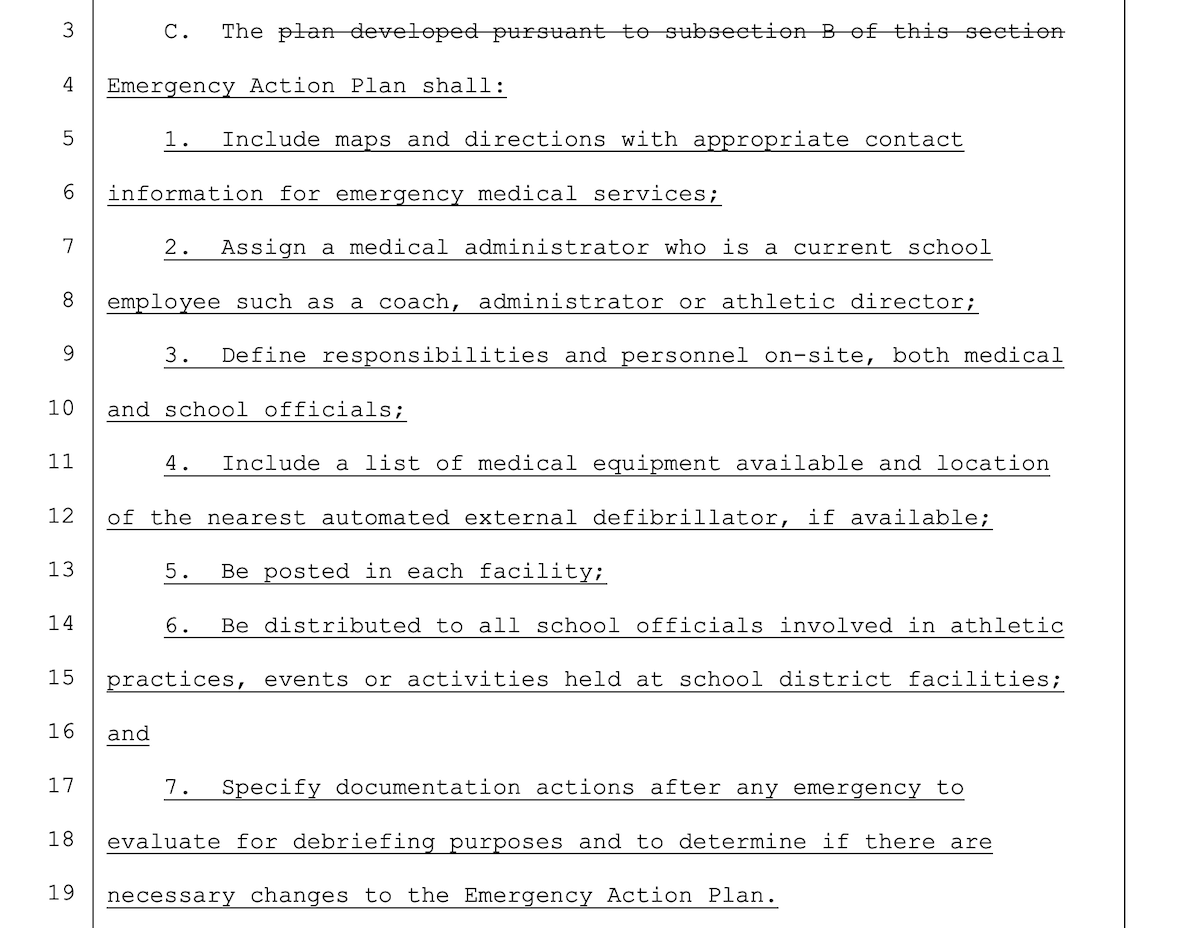
Riley Boatright was just a kid playing the sport he loved in 2019 when he died during a middle school football game in Lexington.
Boatright’s death was attributed to a traumatic brain injury sustained during an otherwise routine play during the game.
That led the 13-year-old’s parents to push for schools to be better equipped to handle medical emergencies during sporting events. That eventually led to Conley authoring and passing SB 1198 last year, called the Riley Boatright Act. Signed into law by Gov. Kevin Stitt, the bill required school districts to “coordinate with the emergency medical services provider that serves the area in which the school district is located to develop a plan for the provision of emergency medical services at athletic events or activities held at school district facilities.”
RELATED
Lacking data, Oklahoma high school concussion picture blurry by Tres Savage
This year, Conley is attempting to adjust the rule. HB 1775 would rename the law as Riley’s Rule and would require the creation of a detailed “emergency action plan” for EMS response to athletic events, including practices. It would require schools to rehearse the emergency action plan prior to the start of the school year’s sports seasons.
“In our schools, we practice fire drills, active shooter drills and tornado drills,” Conley said. “But we don’t have an emergency plan for athletics in place that is practiced. This (bill) changes that, and it’s something that I think makes a lot of sense to have a plan that’s been practiced and is understood by school staff.”
The bill would require the emergency action plan to include maps to school facilities, list a “medical administrator” from the school, note whether a school has a defibrillator, be posted in facilities and be distributed to visiting schools ahead of their arrival for competitions.
Conley said she worked with the Cooperative Council for Oklahoma School Administration and the Oklahoma Athletic Trainers Association on the changes.
“We wanted to make sure was that every parent, even those visiting from other schools, knew the way in and out of the stadium in case of emergencies, and also that people know where things like defibrillators are kept,” Conley said. “This is all the product of a lot of cooperation from different groups that have offered their input in an effort to make sports safer for our kids.”








